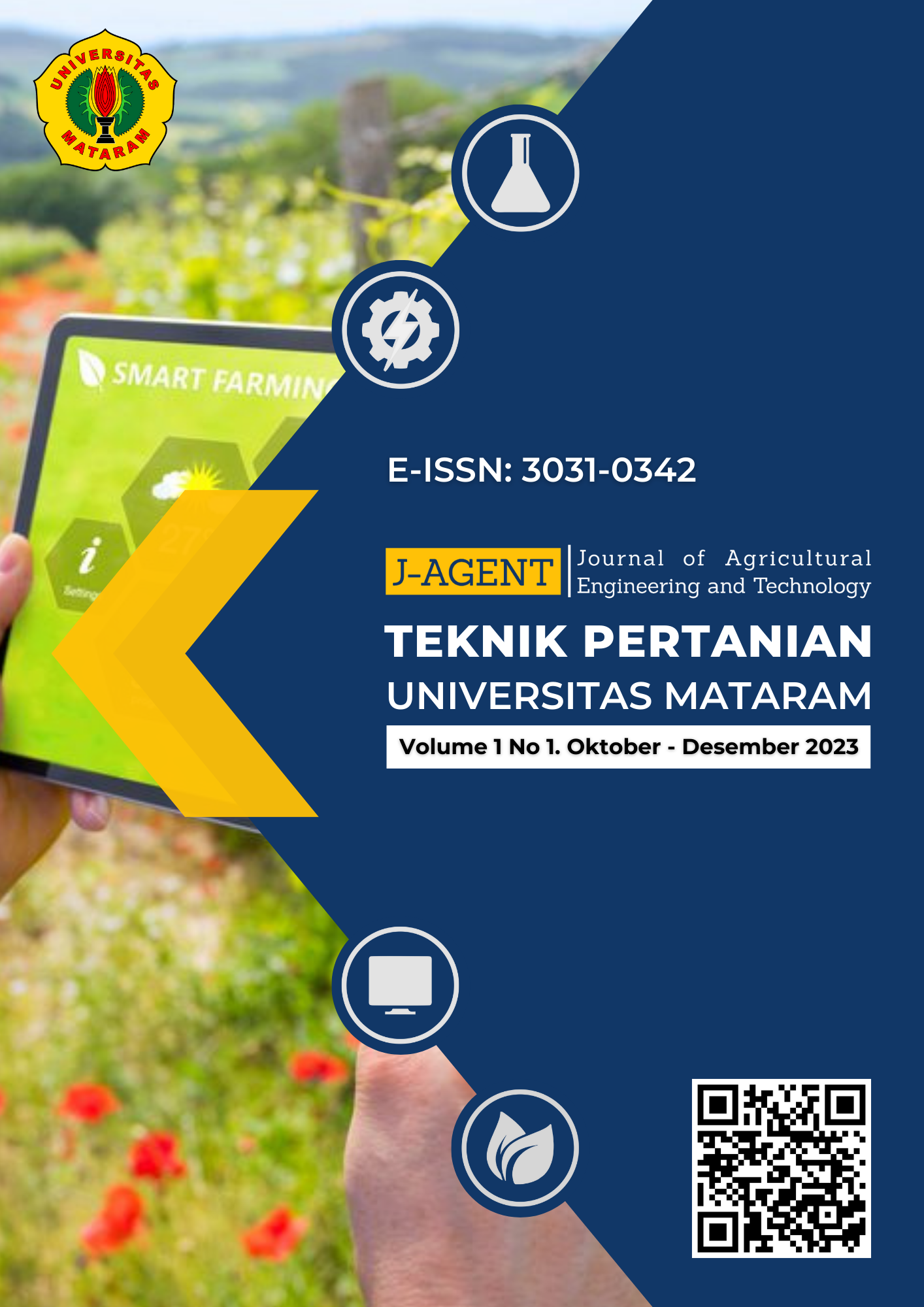The Effect of Hose Windings Variation on The Efficiency and Velocity of Spiral Pumps in River Flow
Keywords:
efficiency, hose winding, loop, river, waterAbstract
The spiral pump is a pump that does not require fuel oil or electricity as a source of driving power,
because the spiral pump is driven by river currents. The winding hose is one of the important
factors affecting the performance of the spiral pump. The purpose of this research is to analyze
the effect of variations in the number of hose turns (hose length) on the efficiency and speed of
spiral pump rotation, and to determine the optimal number of hose windings (hose length) on the
output discharge, power, and headloss of spiral pumps. The research method used is an
experimental method. The treatments with different number of windings were L1 5.5 windings (22
m), L2 7 windings (25 m), and L3 8.5 windings (30 m). The parameters of this research are water
velocity, flow rate, output discharge, spiral pump rotational speed, blade water power, pump
power, pump output power, psiral pump efficiency, output efficiency, and spiral pump headloss.
This research produces the number of turns of the hose has an effect on the efficiency of the spiral
pump with the highest value in the variation of 5.5 windings (22 m), namely 57.07%. The highest
rotational speed is in a variation of 5.5 windings (22 m) with a value of 9.9 rpm, while the lowest
speed is in a variation of 8.5 windings (30 m) with a value of 8.9 rpm. The highest discharge is
found in the treatment of 8.5 windings (30 m), namely 0.0008811 m3 / s. While the highest
generated pump power is in the variation of 5.5 turns (22 m) with a value of 317.28 Watt. The
lowest headloss value is in the variation of 5.5 turns (22 m), namely 0.64 m.


